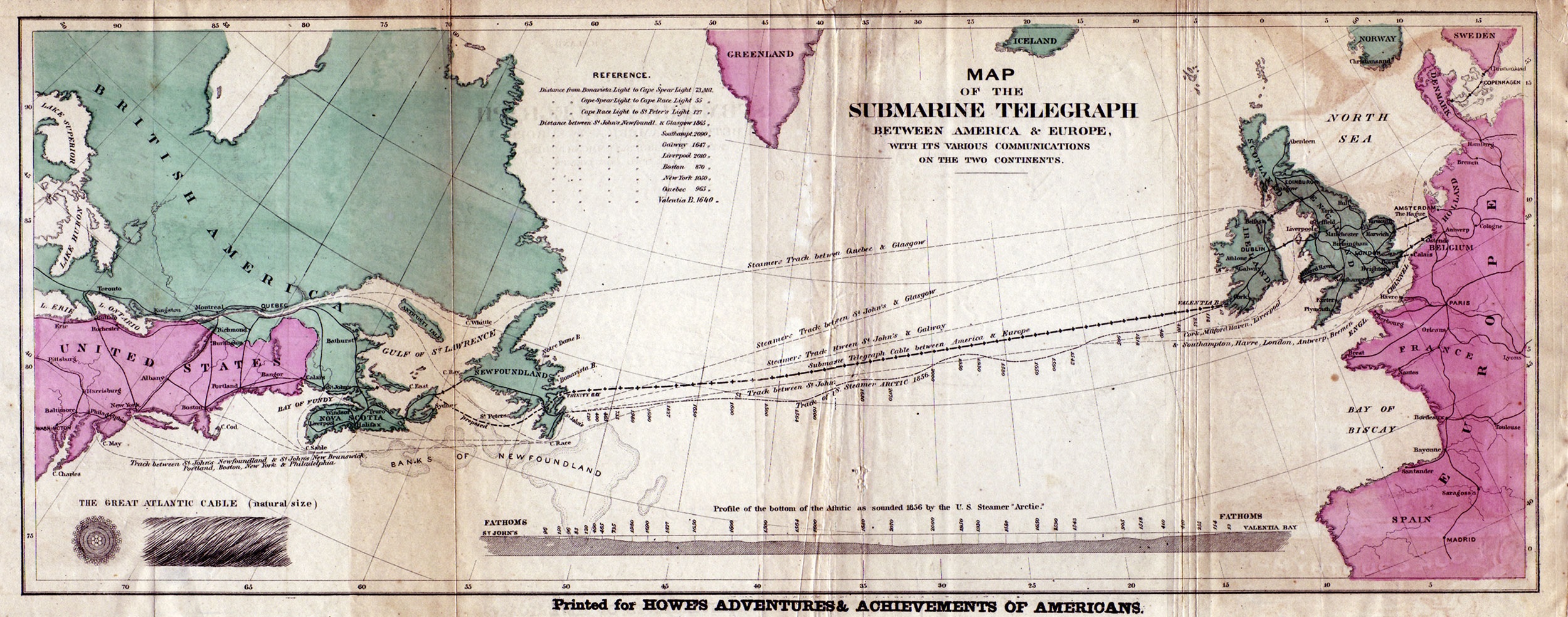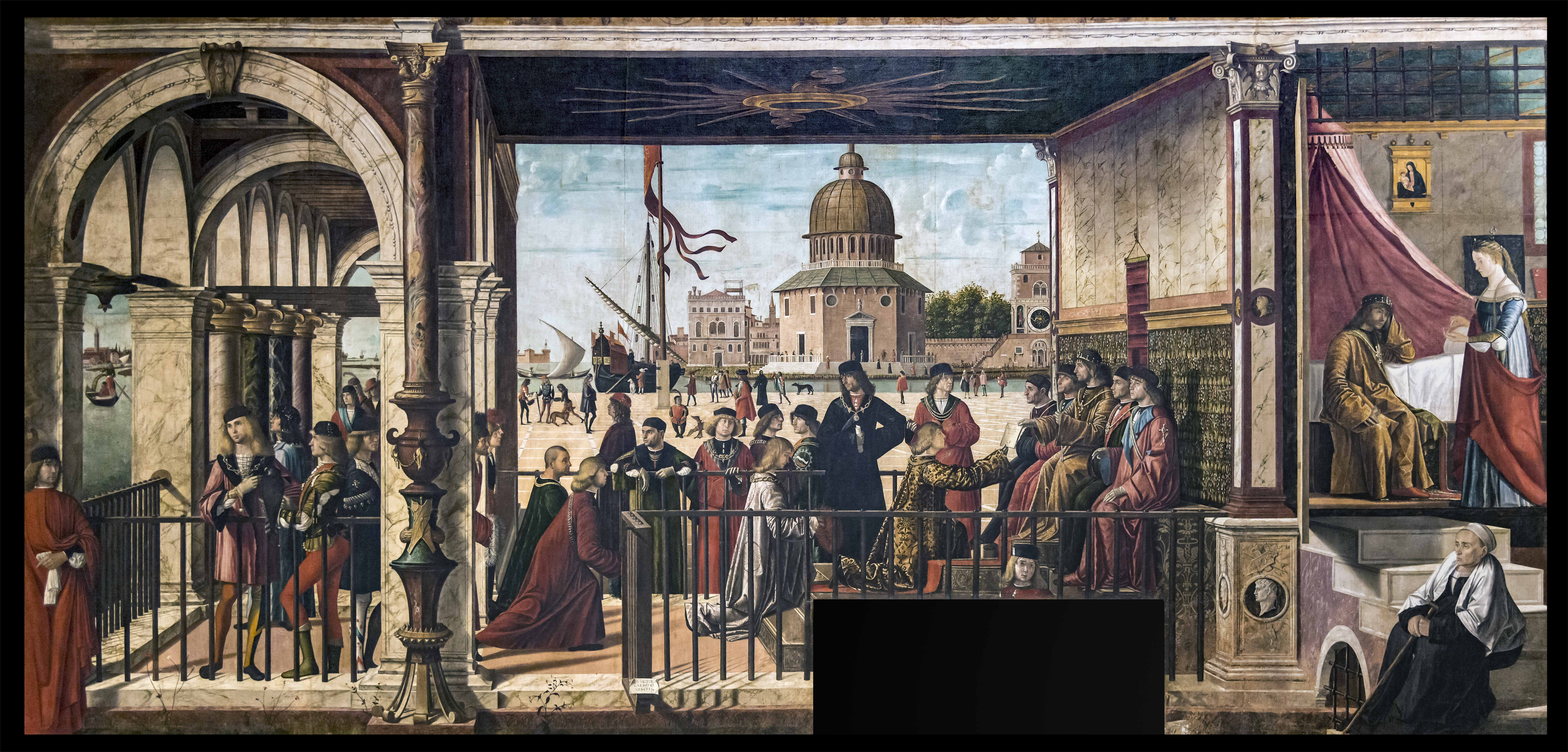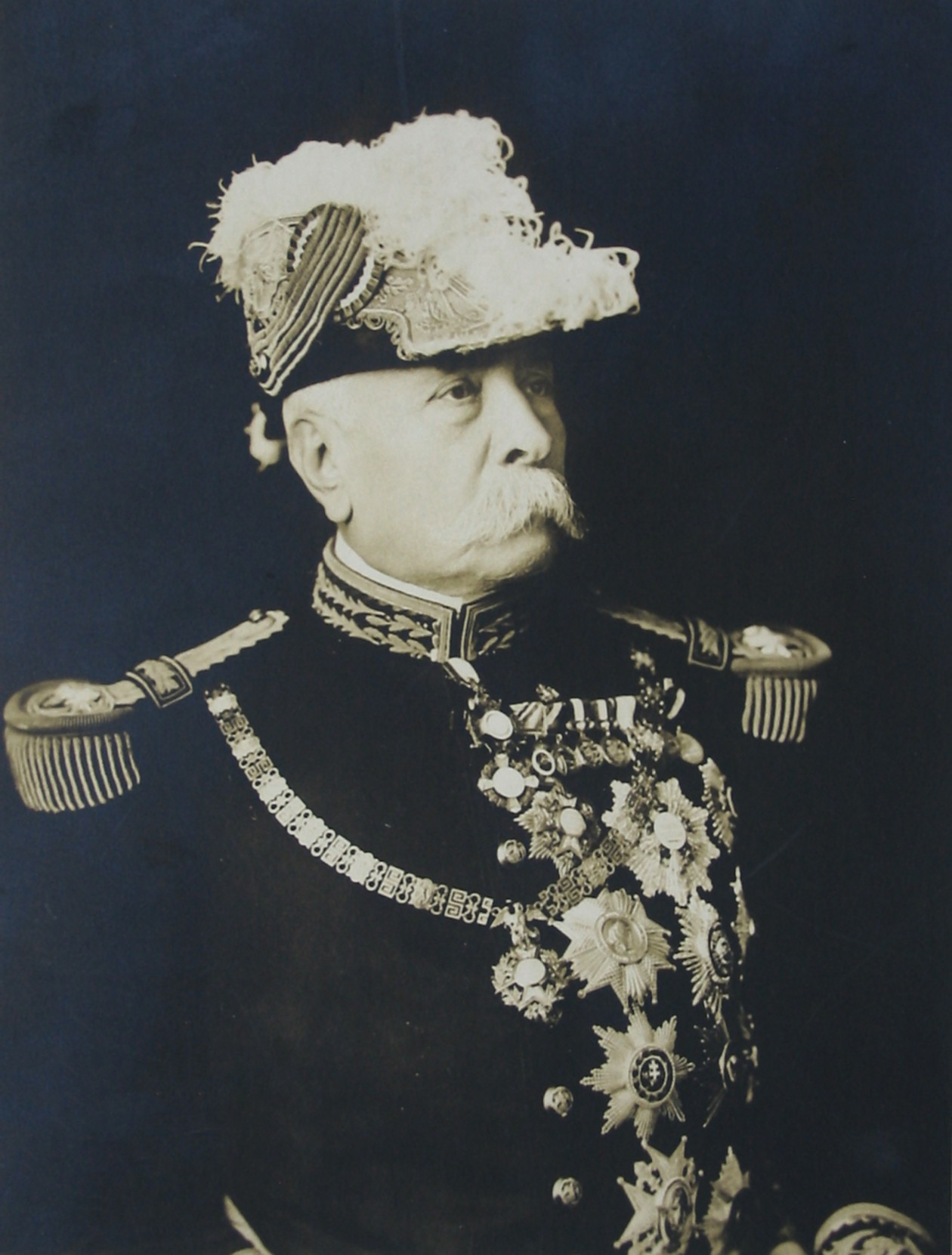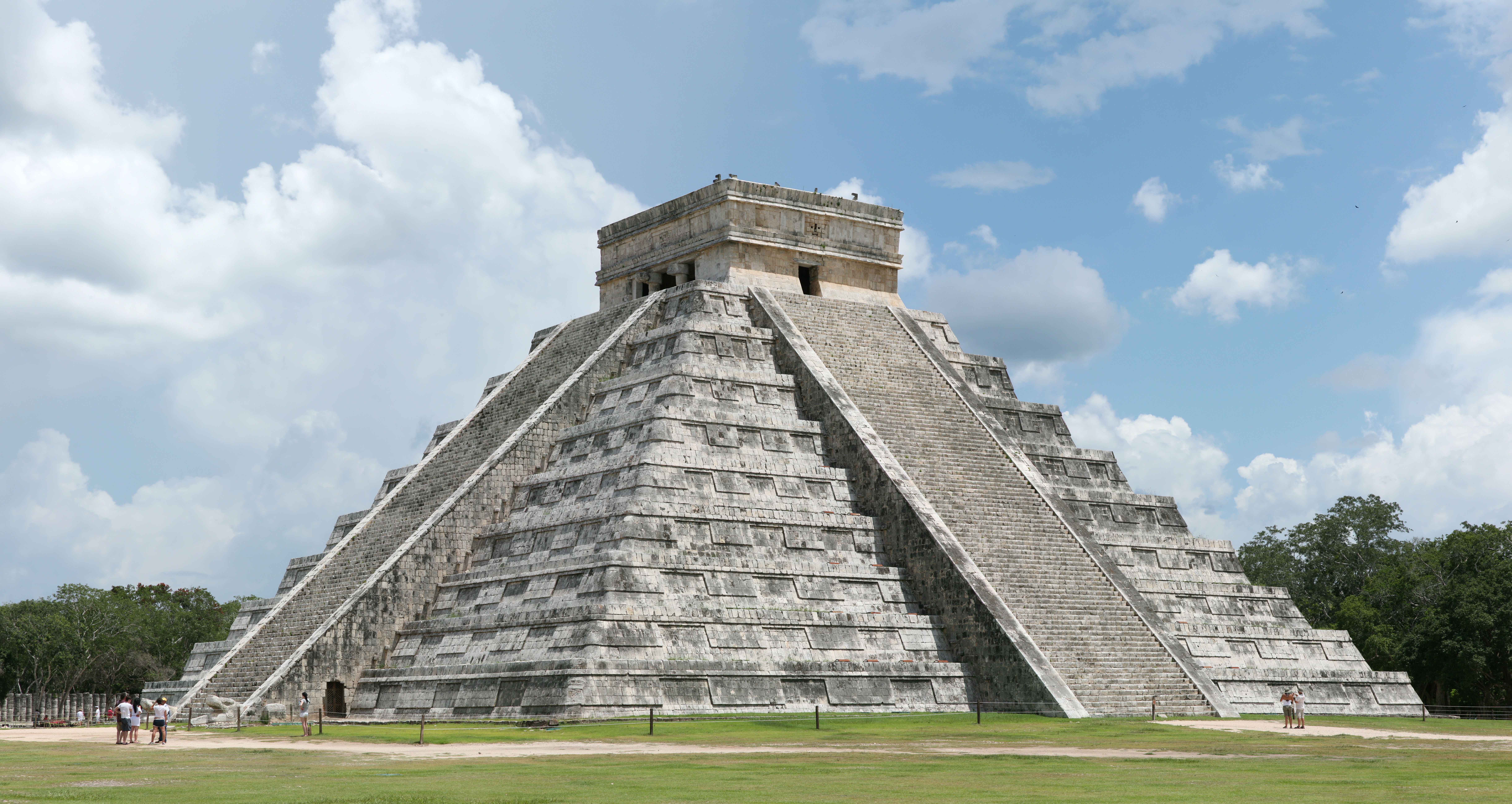|
Ignacio Bonillas
Ignacio Bonillas Fraijo (1 February 1858 – 23 June 1942) was a Mexican diplomat. He was a Mexican ambassador to the United States and held a degree in mine engineering from the Massachusetts Institute of Technology. He was tapped by President Venustiano Carranza as his successor in the 1920 presidential elections, but the revolt of three Sonoran revolutionary generals overthrew Carranza before those elections took place. Biography He was born on February 1, 1858 in Magdalena de Kino, Sonora, the son of Gervasio Bonillas and Dolores Fraijo. His family moved across the border to the United States to Tucson, Arizona, where he completed his primary studies. He received his degree in civil engineering from Massachusetts Institute of Technology in 1882. Shortly before finishing his degree, he married a woman originally from Boston. Shortly after getting married he returned to Sonora, where the State Government commissioned him along with engineer Charles Herbert to make the out ... [...More Info...] [...Related Items...] OR: [Wikipedia] [Google] [Baidu] |
President Of Mexico
The president of Mexico (), officially the president of the United Mexican States (), is the head of state and head of government of Mexico. Under the Constitution of Mexico, the president heads the executive branch of the federal government and is the commander in chief of the Mexican Armed Forces. The office, which was first established by the 1824 Constitution of Mexico, federal Constitution of 1824, is currently held by Claudia Sheinbaum, who was sworn in on October 1, 2024. The office of the president is considered to be revolutionary, in the sense that the powers of office are derived from the Mexican Revolution, Revolutionary Constitution of Mexico, Constitution of 1917. Another legacy of the Mexican Revolution is the Constitution's ban on re-election. Mexican presidents are limited to a single six-year term, called a ''sexenio (Mexico), sexenio.'' No one who has held the post, even on a caretaker basis, is allowed to run or serve again. The constitution and the office of t ... [...More Info...] [...Related Items...] OR: [Wikipedia] [Google] [Baidu] |
1942 Deaths
The Uppsala Conflict Data Program project estimates this to be the deadliest year in human history in terms of conflict deaths, placing the death toll at 4.62 million. However, the Correlates of War estimates that the prior year, 1941, was the deadliest such year. Death toll estimates for both 1941 and 1942 range from 2.28 to 7.71 million each. Events Below, the events of World War II have the "WWII" prefix. January * January 1 – WWII: The Declaration by United Nations is signed by China, the United Kingdom, the United States, the Soviet Union, and 22 other nations, in which they agree "not to make any separate peace with the Axis powers". * January 5 – WWII: Two prisoners, British officer Airey Neave and Dutch officer Anthony Luteyn, escape from Colditz Castle in Germany. After travelling for three days, they reach the Swiss border. * January 7 – WWII: ** Battle of Slim River: Japanese forces of the 5th Division, supported by tanks, sweep through ... [...More Info...] [...Related Items...] OR: [Wikipedia] [Google] [Baidu] |
1858 Births
Events January–March * January 9 ** Revolt of Rajab Ali: British forces finally defeat Rajab Ali Khan of Chittagong. ** Anson Jones, the last president of the Republic of Texas, commits suicide. * January 14 – Orsini affair: Piedmontese revolutionary Felice Orsini and his accomplices fail to assassinate Napoleon III in Paris, but their bombs kill eight and wound 142 people. Because of the involvement of French émigrés living in Britain, there is a brief anti-British feeling in France, but the emperor refuses to support it. * January 25 – The '' Wedding March'' by Felix Mendelssohn becomes a popular wedding recessional, after it is played on this day at the marriage of Queen Victoria's daughter Victoria, Princess Royal, to Prince Friedrich of Prussia in St James's Palace, London. * January ** Benito Juárez becomes the Liberal President of Mexico and its first indigenous president. At the same time, the conservatives installed Félix María Zuloaga as a ... [...More Info...] [...Related Items...] OR: [Wikipedia] [Google] [Baidu] |
MIT School Of Engineering Alumni
The Massachusetts Institute of Technology (MIT) is a private research university in Cambridge, Massachusetts, United States. Established in 1861, MIT has played a significant role in the development of many areas of modern technology and science. In response to the increasing industrialization of the United States, William Barton Rogers organized a school in Boston to create "useful knowledge." Initially funded by a federal land grant, the institute adopted a polytechnic model that stressed laboratory instruction in applied science and engineering. MIT moved from Boston to Cambridge in 1916 and grew rapidly through collaboration with private industry, military branches, and new federal basic research agencies, the formation of which was influenced by MIT faculty like Vannevar Bush. In the late twentieth century, MIT became a leading center for research in computer science, digital technology, artificial intelligence and big science initiatives like the Human Genome Pr ... [...More Info...] [...Related Items...] OR: [Wikipedia] [Google] [Baidu] |
Candidates In The 1920 Mexican Presidential Election
A candidate, or nominee, is a prospective recipient of an award or honor, or a person seeking or being considered for some kind of position. For example, one can be a candidate for membership in a group or election to an office, in which case a candidate selection occurs. "Nomination" is part of the process of selecting a candidate for either election to an office by a political party,''Judicial and Statutory Definitions of Words and Phrases,'' Volume 1, Edition 2, West Publishing Company, 1914p. 588 or the bestowing of an honor or award. This person is called a "nominee", though "nominee" is often used interchangeably with "candidate". A presumptive nominee is a person or organization whose nomination is considered inevitable or highly likely. The phenomenon of being a candidate in a race for either a party nomination or for electoral office is called "candidacy". The term "presumptive candidate" may be used to describe someone who is predicted to be a formal candidate. Etymol ... [...More Info...] [...Related Items...] OR: [Wikipedia] [Google] [Baidu] |
People Of The Mexican Revolution
The term "the people" refers to the public or common mass of people of a polity. As such it is a concept A concept is an abstract idea that serves as a foundation for more concrete principles, thoughts, and beliefs. Concepts play an important role in all aspects of cognition. As such, concepts are studied within such disciplines as linguistics, ... of human rights law, international law as well as constitutional law, particularly used for claims of popular sovereignty. In contrast, a people is any plurality of Person, persons considered as a whole. Used in politics and law, the term "a people" refers to the collective or community of an ethnic group or nation. Concepts Legal Chapter One, Article One of the Charter of the United Nations states that "peoples" have the right to self-determination. Though the mere status as peoples and the right to self-determination, as for example in the case of Declaration on the Rights of Indigenous Peoples, Indigenous peoples (''p ... [...More Info...] [...Related Items...] OR: [Wikipedia] [Google] [Baidu] |
Ambassadors Of Mexico To The United States
An ambassador is an official envoy, especially a high-ranking diplomat who represents a state and is usually accredited to another sovereign state or to an international organization as the resident representative of their own government or sovereign or appointed for a special and often temporary diplomatic assignment. The word is also used informally for people who are known, without national appointment, to represent certain professions, activities, and fields of endeavor, such as sales. An ambassador is the ranking government representative stationed in a foreign capital or country. The host country typically allows the ambassador control of specific territory called an embassy (which may include an official residence and an office, chancery, located together or separately, generally in the host nation's capital), whose territory, staff, and vehicles are generally afforded diplomatic immunity in the host country. Under the Vienna Convention on Diplomatic Relations, an ambass ... [...More Info...] [...Related Items...] OR: [Wikipedia] [Google] [Baidu] |
Mexican Revolution
The Mexican Revolution () was an extended sequence of armed regional conflicts in Mexico from 20 November 1910 to 1 December 1920. It has been called "the defining event of modern Mexican history". It saw the destruction of the Federal Army, its replacement by a Liberation Army of the South, revolutionary army, and the transformation of Mexican culture and Federal government of Mexico, government. The northern Constitutionalists in the Mexican Revolution, Constitutionalist faction prevailed on the battlefield and drafted the present-day Constitution of Mexico, which aimed to create a strong central government. Revolutionary generals held power from 1920 to 1940. The revolutionary conflict was primarily a civil war, but foreign powers, having important economic and strategic interests in Mexico, figured in the outcome of Mexico's power struggles; United States involvement in the Mexican Revolution, the U.S. involvement was particularly high. The conflict led to the deaths of around ... [...More Info...] [...Related Items...] OR: [Wikipedia] [Google] [Baidu] |
History Of Mexico
The history of Mexico spans over three millennia, with the earliest evidence of hunter-gatherer settlement 13,000 years ago. Central and southern Mexico, known as Mesoamerica, saw the rise of complex civilizations that developed glyphic writing systems to record political histories and conquests. The Spanish conquest of the Aztec Empire in the early 16th century established New Spain, bringing Spanish rule, Christianity, and European influences. Mexico gained independence from Spain in 1821, after a prolonged struggle marked by the Mexican War of Independence. The country faced numerous challenges in the 19th century, including regional conflicts, caudillo power struggles, the Mexican–American War, and foreign interventions like the Second French intervention in Mexico, French invasion. Efforts at modernization during La Reforma included promoting civil liberties and the separation of church and state, but the country was still beset by internal strife and external threats, in ... [...More Info...] [...Related Items...] OR: [Wikipedia] [Google] [Baidu] |
Plan Of Agua Prieta
In the history of Mexico, the Plan of Agua Prieta () was a manifesto, or plan, that articulated the reasons for rebellion against the government of Venustiano Carranza. Three revolutionary generals from Sonora, Álvaro Obregón, Plutarco Elías Calles, and Adolfo de la Huerta, often called the Sonoran Triumvirate, or the Sonoran Dynasty, rose in revolt against the civilian government of Carranza. It was proclaimed by Obregón on 22 April 1920, in English and 23 April in Spanish in the northern border city of Agua Prieta, Sonora. The Plan's stated pretext for rejecting the Carranza administration was a dispute between the federal government and the Sonora state government over control of the waters of the Sonora river, although the underlying reasons were complex. Carranza and the revolutionary generals who controlled the state of Sonora were increasingly in conflict. Carranza's most successful general, Obregón, had retired from Carranza's cabinet, returning to Sonora to ... [...More Info...] [...Related Items...] OR: [Wikipedia] [Google] [Baidu] |
Plutarco Elías Calles
Plutarco Elías Calles (born Francisco Plutarco Elías Campuzano; 25 September 1877 – 19 October 1945) was a Mexican politician and military officer who served as the 47th President of Mexico from 1924 to 1928. After the assassination of Álvaro Obregón, Elías Calles founded the Institutional Revolutionary Party and held unofficial power as Mexico's de facto leader from 1929 to 1934, a period known as the Maximato. Previously, he served as a general in the Constitutional Army, as Governor of Sonora, Secretariat of the Navy, Secretary of War, and Secretariat of the Interior, Secretary of the Interior. During the Maximato, he served as Secretariat of Public Education, Secretary of War again, and Secretariat of the Economy, Secretary of the Economy. During his presidency, he implemented many left-wing populist and secularism, secularist reforms, opposition to which sparked the Cristero War. Born on 25 September 1877 in Sonora in the Mexican Revolution, Sonora, Elías Calles fo ... [...More Info...] [...Related Items...] OR: [Wikipedia] [Google] [Baidu] |









